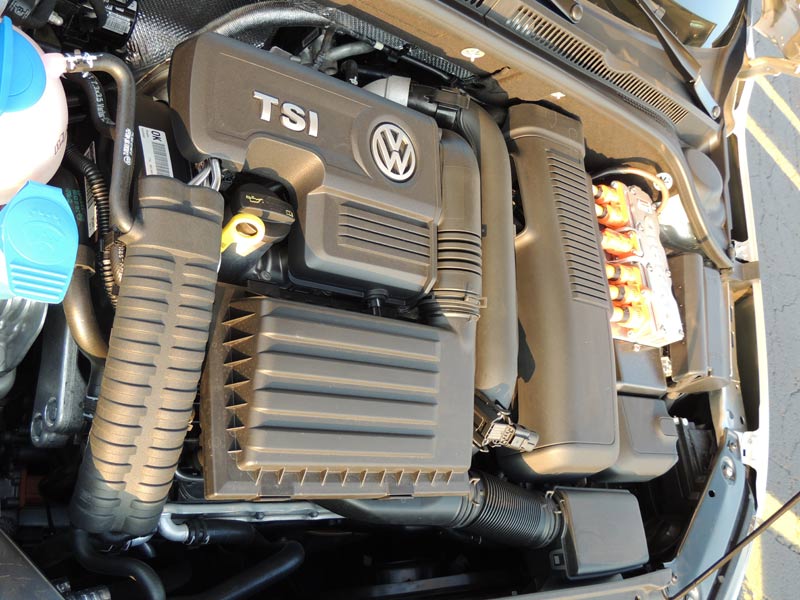VW Expert Says Technical Issues Slowing EV Growth
The uncertainty of future demand is a basic problem, Christian Mertens says, noting predictions by various consulting groups range from 25% hybrids and EVs on the road in 2020 to less than 5%.

PARIS – Volkswagen analysts believe the current pace of improvement for power electronics is not rapid enough to bring electric cars and plug-in hybrids to the mass market.
A leap forward is required, says Christian Mertens of the corporate research department.
“Customer acceptance can only be achieved by cost efficiency, and in my opinion this is not covered by the progress we have seen,” Mertens says at the Automotive Power Electronics conference sponsored by the French automotive engineering society SIA. “A breakthrough is required. We have to change our view from progress at the subcomponents level to a system approach.”
Although batteries remain the biggest cost issue in electrification, power electronics are the most important functional element of electric drive. Power electronics components convert alternating current from the electric grid into direct current that the car battery stores and returns AC power to the electric motor that drives the car.
Also required in EVs are DC/DC converters that change high voltage in lithium-ion batteries to 12V electricity used by most of the features in a car.
The uncertainty of future demand is a basic problem, Mertens says, noting predictions by various consulting groups range from 25% hybrids and EVs on the road in 2020 to less than 5%.
Daniel Richard, a Valeo engineer working on mild hybrids and other electrification, says the French supplier anticipates only 2% EVs in 2020, 1% extended-range EVs, 4% plug-in hybrids, 11% full hybrids and 8% mild hybrids.
Mertens says VW believes electrification penetration more likely will occur near the bottom of the vehicle range than the top, and that PHEVs likely will be the most successful approach. In the meantime, his advanced-research studies must look well beyond 2020 to prepare the auto maker for a leadership role in sustainable transportation.
Mertens cites considerable progress in reducing the size and weight of inverters. For example, inverters being prepared for auto makers in 2016 will weigh about 40% less and occupy 40% less volume than those with the same functions in 2006.
“All in all, there seems to be enough potential to follow the trend lines above with the same slope as in the past,” he writes in a paper delivered at the conference. “But this rate of development does not meet the targets for cost efficiency of all electrified drivetrains in the near future. The intended high numbers of all-electrified cars are only reachable if customer acceptance is achieved by sufficient cost efficiency. ”
Mertens says a systematic view suggests two paths for such a leap:
Power electronics could increase switching frequency, which would reduce the size and weight of associated elements. Looking at all the pieces as a system would facilitate compromises resulting in the best system. New semiconductors under development using silicon-carbide seem to be a serious candidate for large series production.
The system could be split into subsystems and packaged separately, which would reduce cooling requirements and the size of subcomponents.
“The size of the capacitor is linked to frequency,” Mertens explains. “If we increase the frequency by a factor of 10, we only need 50 microfarads in the capacitor, not 500. If we divide capacitors into 10 subsystems, each only has to handle five microfarads, so this is maybe a second step.”
Higher-frequency switching creates other problems that probably can be solved, but bringing such a technological advance to the market requires time, he says.
Silicon-carbide chips could need five more years in the laboratory, then four or five years in development by auto makers before being used in a road-ready prototype, followed by three or four years to reach the market, the researcher says.
About the Author
You May Also Like



